Facts can be fun especially when applied at the right time. When it comes to horses, it’s even more…fun! Sharing fun facts makes learning about horses more interesting. Since I often have the pleasure of introducing horses to people who have little to no exposure to our wonderful equine friends, I often share the following fun horse facts. Thinking there was still more to know about each, I did a little research to add even more to these fun horse facts. Test yourself. Can you figure out the answers to these four horse facts?
Come ride along with me! Get your riding the SLO County Trails Hotsheet to get started and join the SLO Horse News Herd!
Where’s the Best Place to Hide From Your Horse?
Right in Front of Him
Yes, right in front of him . . .between his eyes facing the center of his forehead, or underneath him near his chest and front feet. Those are known blind spots for horses – so watch out for your toes and your nose!
How A Horse Sees
Horses have great vision for scanning the horizon but not at all for reading things close up. Their vision, and head turning can give them nearly a 360-degree view. However, they can’t see what is directly in front of their faces quite so easily. This is why horses can be easily startled when you approach them without warning, or reach your hand up quickly toward their face.
Watch it! I’m Just Trying to See You
In order for a horse to properly focus on objects close to him, a horse will raise and lower his head. The lower parts of the horse’s retina see objects at a distance, and the upper parts are used for things close up. This will explain why a horse will raise his head and step back when a person walks directly up and reaches out to pet his forehead; most likely, the horse is simply trying to focus on what he cannot see clearly. Your horse’s eyes are not designed to read, but are designed to be on the look out for a predator.
Showboating? Nah
You’ve more than likely witnessed a horse standing still with its head held up high, ears pricked forward, and nostrils flaring. The horse is not showboating. He is gathering information about something interesting in the distance. His ears and nostrils work together with his eyes to bring in information to help him decide “friend” or “foe”.
The Eyes Have It
One more fact about horse eyes: Horses have the largest eyes of any land mammal. When measured in volume, a horse’s eye is about nine times larger than a human’s eye. The horse eye has three eyelids: two ordinary ones and a third called the nictitating membrane. It is located in the inner corner of the eye and occasionally sweeping the eye, lubricating and cleaning it if need arises.
So, the next time you are looking into your equine friend’s eye, do so with a deeper appreciation for its design.
Why Do We Mount and Lead a Horse from The Left Side?
I’m sure that many of you have heard “stories” surrounding this fun fact like: mounting from the right side can injure your horse’s kidneys (false), or the horse sees better on his left side (also false). So, what’s the real scoop?
Thank a Knight in Shining Armor
Take yourself back to the days when horses were used in battle. Their size, speed and carrying power were used to the knight’s advantage when called upon to protect the castle and the people.
The horse and rider were trained to do certain maneuvers in battle. To further aid the knight his primary weapon was his trusty sword, hilted to his left side, easily accessible to the right hand. Since the sword blocked access to the saddle while mounting from the right, knights always mounted and led their horses from the left.
Training and tradition has passed the mounting and leading from the left down through the centuries as new generations of horseback riders have learned to ride since those chivalrous days. So smile, everyday when you lead or mount your horse from the left as is customary, you are paying homage to a knight in shining armor.
Do you remember when? Well your horse certainly does
What if you got lost. Who would you look for first? Would you look for a stranger or someone familiar? Well your horse would also look for someone – or some-horse – familiar. In the horse’s case, the familiar would be the protective net of the herd. A horse’s long term memory will serve him well in times when being familiar with something or some-horse will result in more days here on earth. Therefore, a horse has been gifted with a very good memory.
Natural Habitat Survival Mode
In their natural state the horse will be covering ground most of the day. Remembering where the water hole is, where the tasty food grows, where the predator lurked before, and recognizing their herd mates – all result in carrying on for another day. Protection and survival is in each of these scenarios.
Our Horses Remember People, Places and Things
Studies also suggest that our equine friend remembers people, just like he remembers his herd mates. The studies go on to suggest that a horse, especially if treated kindly, will remember the person as a friend for the rest of his life. Many of us have probably experienced a horse who remembers us even when years and miles have kept us apart. This demonstrates we were part of their herd.
Horses also remember places and events very well. A favorite trail, a cross-country jump course, the place where we usually canter, a show ground where good and bad occurred are all memories our horses will use again when brought to the same location.
A horse’s memory of events can work against us. Bored horses often get into mischief where they figure out how to untie themselves from posts and open latches and grain bins. Once they learn these methods of mischief, they’ll never, ever forget. The same goes for learned behavior that is not favorable, such as pawing on a stall door, kicking at a feed bin or “wind sucking”. Unlearning can take much longer than learning the right way.
Can you name the three primary characteristics which make a horse suitable for riding?
1. Size
One is the horse’s size. The horse is an ideal size for man. Sure, there are some giant horses out there and of course the minis, but most riding horses are really the perfect size for us to handle and get up on.
2. Weight Distribution
Two is weight distribution of a horse’s frame. A horse carries 60-65% of its weight on the forehand. Therefore, the added weight of a rider does not throw the horse off balance and we can aid their movement by keeping our weight over the center of gravity which is just under the saddle towards the area under the withers.
3. Teeth
Three is teeth placement. Yes the teeth! There are naturally no teeth where the bit goes. Well sometimes there are wolf teeth which need to be removed, but basically the horse was designed with space between the front teeth and the rear.
The horse has incisors in the front for ripping the grass, then s-p-a-c-e, then molars in the rear for mashing the grass before swallowing. God even uses the word picture of a bit and bridle to help us understand the power of our own tongues. James 3:3 states, “When we put bits into the mouths of horses to make them obey us, we can turn the whole animal.” He intended horses to have bits and to be ridden. I say, “Hallelujah!”
Come horse around with us! There are so many ways to horse around in stunning SLO County on the California Coast. Trail ride, stay and play, horse show and wine taste. Keep this info at your fingertips with a FREE Hot Sheet that will direct you to stories which tell you where you can trail ride, stay with your horse, show and taste. We’ll continue to add horsing around stories to our website. You can stay up-to-date by becoming a SLO Horse News herd member. Get your Horsing Around in SLO County Hot Sheet here >.

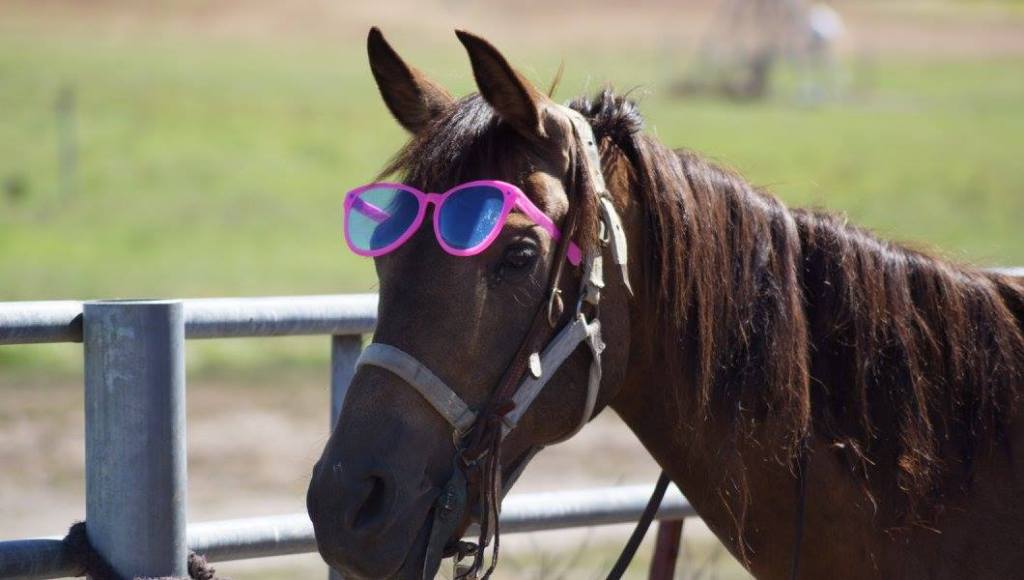
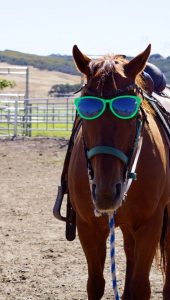


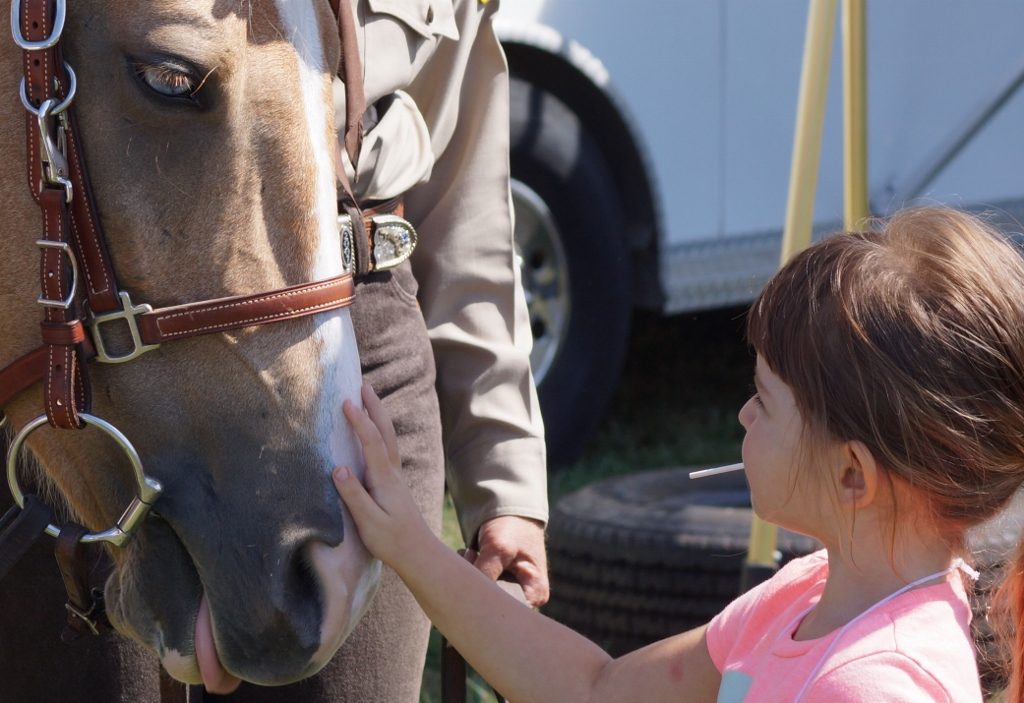
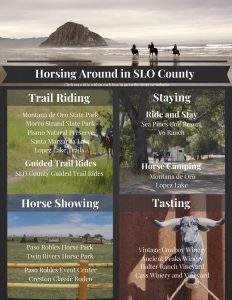


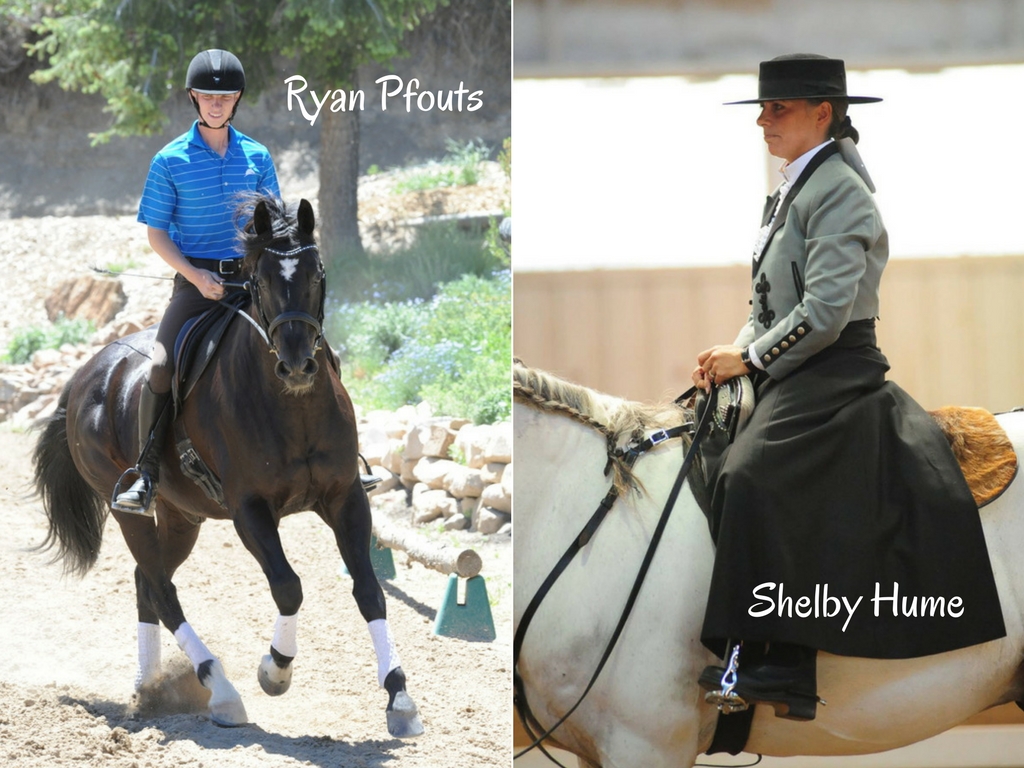
Good info!! Now I know why the one horse I rode ran directly home w me n a panic:) maybe here I can learn to understand them better
Yes, when we understand how and why a horse responds we enjoy better experiences with them.
These stories are very interesting to read! I have had horses since I was about 7yrs. old, I currently own a horse since birth. She’ll be 12yrs. old on March 2nd and I’m always learning new things all the time! I love to read, especially when it has anything 2 do w/ horses to ride, Annie.
Nice!